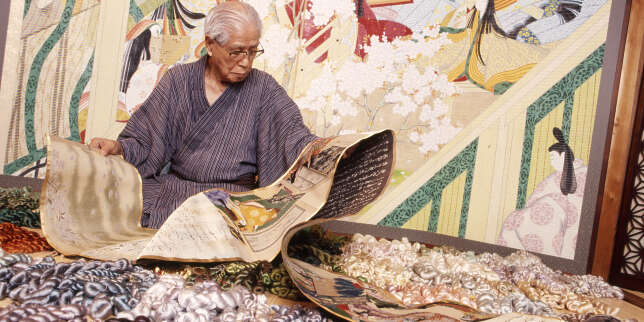Sketches from train ride Chicago to San Francisco
2013 - Drawing & Print (Drawing & Print)
Lam Tung Pang
Lam Tung Pang created Sketches from train ride Chicago to San Francisco during his travels through the United States researching American curatorial strategies for representing traditional Chinese painting in museums and cultural institutions. The drawings incorporate both traditional and contemporary Chinese landscape techniques to reflect on the memory, history, and aesthetic practices of the Chinese laborers who played a prominent role in the American westward expansion. By representing the Western landscape according to Chinese aesthetics, Lam calls attention to the distortions and cultural specificity of American representations of the Western landscape and non-Western cultures.
Lam Tung Pang uses both traditional and non-traditional Chinese ink techniques and materials for his landscapes, referencing notions of collective memory that relate to specific sites. Lam’s coming-of-age coincided with drastic social changes, a result of his homeland’s decolonization from constitutional monarchy and new allegiance to China in a short span of time. Traversing between the media of painting, site-specific installation, sound and video, Lam’s playful practice arises from a curious imagination that recombines traditional iconography and vernacular materials, innovating with a myriad of found objects and images to form new practices that are often experimental in nature. Lam’s works engage the themes of collective memories and fleeting nostalgia, which articulate an ongoing negotiation of the overlapping city-state’s reality. In his allegorical landscapes, journeys and sceneries become essential passages connecting time and distance, longing and loss.
Colors:
Related works sharing similar palette
» see more
Related artist(s) to: Lam Tung Pang » Lee Kit, » Leung Chi Wo, » Heman Chong, » Kwan Sheung Chi, » Nadim Abbas, » Ai Weiwei, » Angela Li, » Chen Chieh-Jen, » Chen Wei, » Duan Jianyu
» see more

© » KADIST
Heman Chong
2009With a habit of reading eight to ten books at the same time, Chong paints his two-foot tall novel covers through referencing an extensive reading list (accessible on Facebook) he has kept since 2006...

© » KADIST
Chen Chieh-Jen
2010Empire’s Borders II – Passage and Empire’s Borders II – Workers are from the three-channel film installation Empire’s Borders II – Western Enterprise, Inc...

© » KADIST
Heman Chong
2012The work Calendars is composed of 1001 images of deserted public areas in Singapore printed on pages of a calendar set from the year of 2020 until 2096...
Related works found in the same semantic group
» see more

© » KADIST
Chen Chieh-Jen
2010Empire’s Borders II – Passage and Empire’s Borders II – Workers are from the three-channel film installation Empire’s Borders II – Western Enterprise, Inc...

© » KADIST
Chen Chieh-Jen
2010Empire’s Borders II – Passage and Empire’s Borders II – Workers are from the three-channel film installation Empire’s Borders II – Western Enterprise, Inc...

© » KADIST
Karthik Pandian
2012Filmed in Morocco, the film Atlas by Karthik Pandian continues his investigation into history, site and monument...

© » LENS CULTURE
Dreaming on the Hudson - Photographs by Andrew Kung | Essay by Magali Duzant | LensCulture Feature Dreaming on the Hudson Questioning preconceived notions of masculinity and Asian American identity against the backdrop of the Hudson River Valley, Andrew Kung weaves a new American pastoral in images that capture tender moments of youth...





